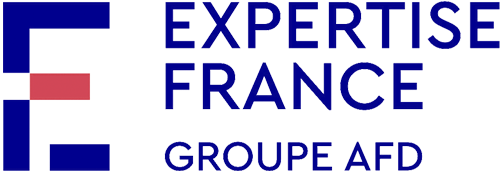The fight against money laundering, a vehicle to investigate human trafficking (1/4)
An approach still ignored
In many countries, financial investigations are today not a priority for bodies in charge of investigations, which are often quite unaware of this aspect of the fight against trafficking. In other words, investigations are conducted in cases of trafficking and sometimes lead to prosecutions, but without a connection being made with the financial aspects of this criminal activity.
However, this approach is faced with certain difficulties, firstly the difficulty of evidence based on the testimony of victims. These victims, who are already weak and have suffered, do not always want to testify, which complicates prosecutions. How to overcome this difficulty and reduce the mobilisation of victims during investigations?
Target the crux of the matter
The financial approach offers a solution: prosecute the crime of money laundering, which is made possible by the fact that trafficking is a crime and that the revenues it generates are therefore acquired illegally.
While this approach is largely ignored, it has strong potential as it involves depriving criminals of the profits they make from an illegal activity such as human trafficking: targeting the revenues from this weakens the active networks.
Financial investigations are firstly a rich source of information to learn more about trafficking networks – how they are financed, the money circuit… –, which contributes to defining more relevant measures to gradually dismantle them. Secondly, by analysing illicit transactions reported by banks and other financial institutions, financial intelligence units (FIUs) make a real contribution to the investigative work: by providing elements that can subsequently be transformed into evidence before a court, they help the authorities in charge of the investigation on cases of trafficking while helping to identify criminal assets, which are difficult to locate without a financial investigation. It is also possible to use the sums recovered to compensate the victims of trafficking.
|
What is a financial intelligence unit? Financial intelligence units (FIUs) are public entities that receive and analyse the reports of suspicious transactions identified and reported by the private sector and transfer them to the law enforcement authorities. Many FIUs are part of the Egmont Group, an informal cooperation entity set up in 1995 to promote the exchange of financial information between countries. |
An effectiveness subject to conditions
However, certain criteria must be met for the financial approach to yield results: the authorities in charge of the investigation must be able to collect information, working closely with NGOs and the media, but also to have the resources and skills necessary to analyse it and, finally, be able to rely on good interinstitutional cooperation at the national, regional and international levels. These three essential aspects were highlighted by all the participants at the multi-country workshop organised from 10 to 12 December in Tunis on money laundering, terrorist financing and human trafficking.
 Follow the workshop Twitter feeds
Follow the workshop Twitter feeds
|
• Introduction - The fight against trafficking in human beings: the financial path • Public actors face the challenge of effectiveness (2/4) • Beyond borders, financial cooperation is essential (3/4) • Working together: understanding trafficking better through public-private cooperation (4/4) |

